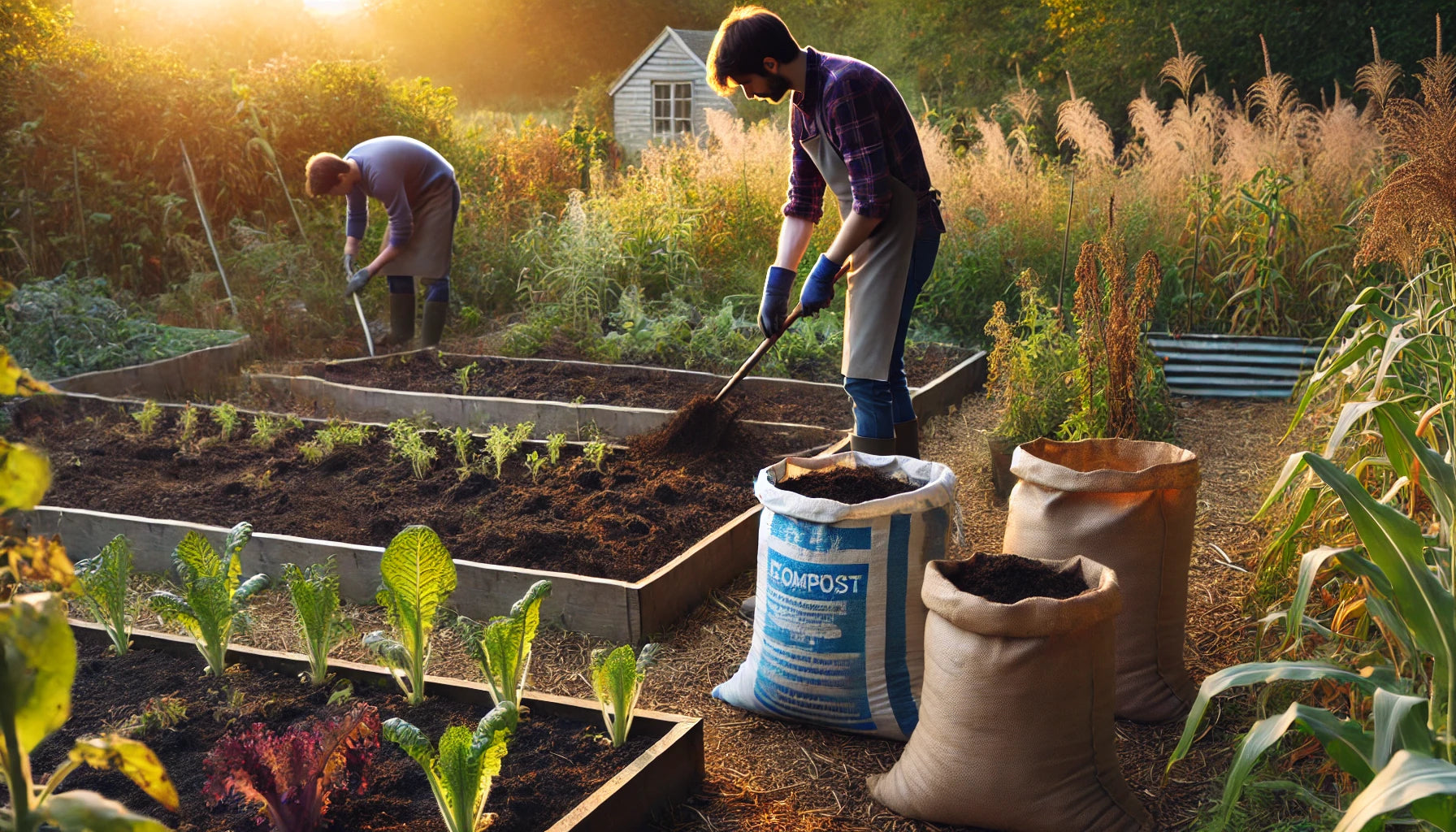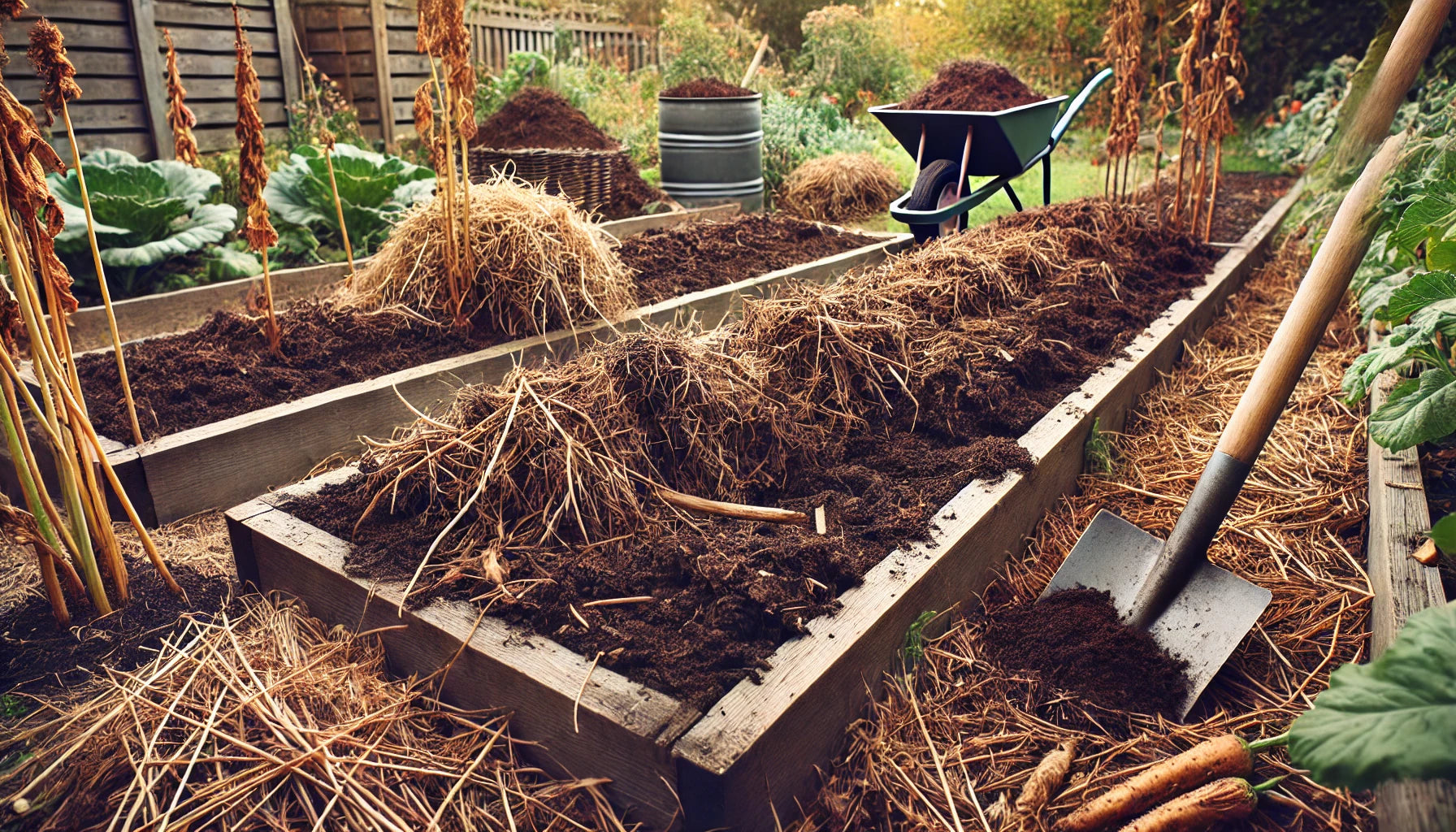
Prepping Your Lawn and Garden for Winter: A Complete Guide

Prepping Your Lawn for Winter

Caring for Flower and Bulb Beds

Vegetable and Raised Bed Care

Natural Elements for Winter Protection

Protecting Trees, Shrubs, and Patio Gardens

Prepping Soil for Next Year






